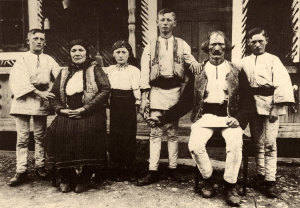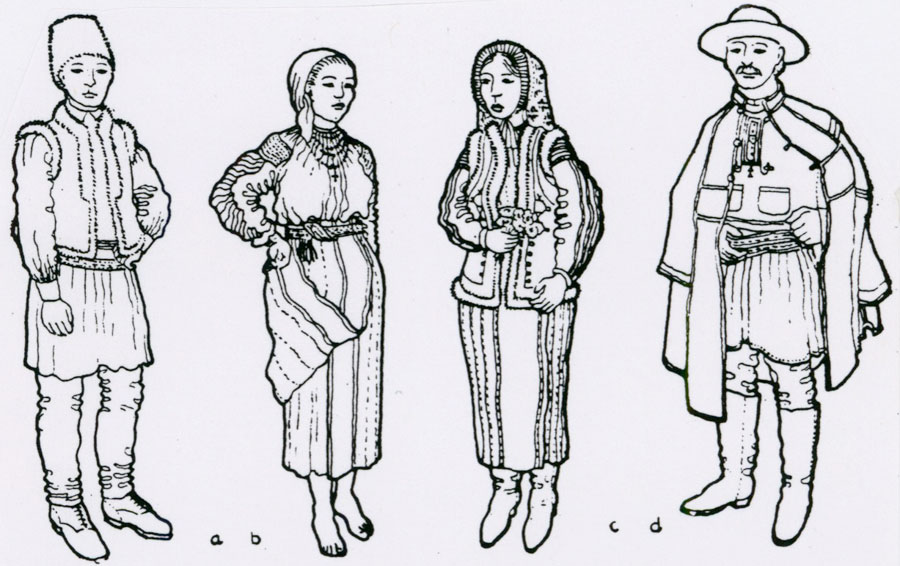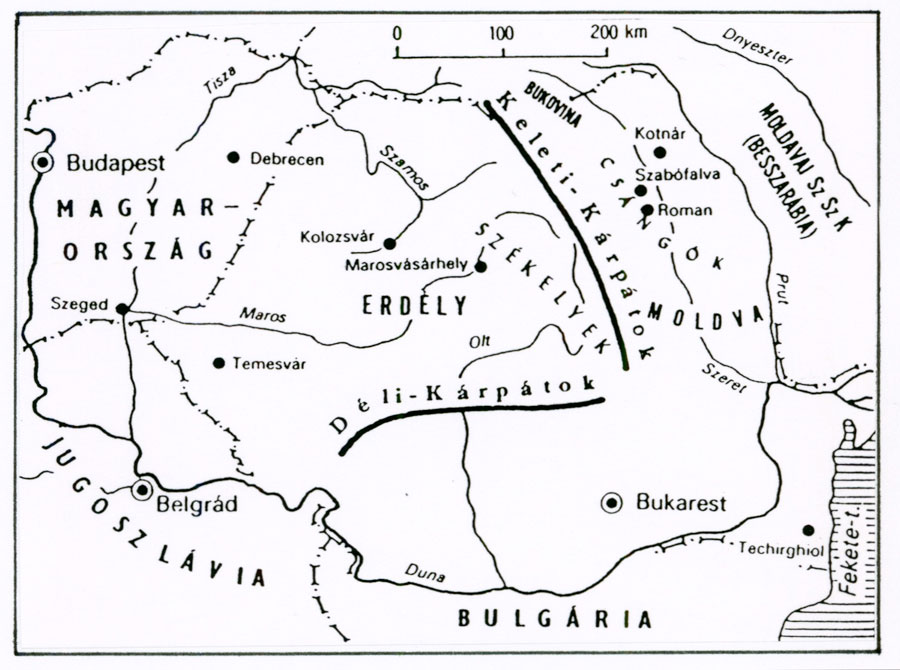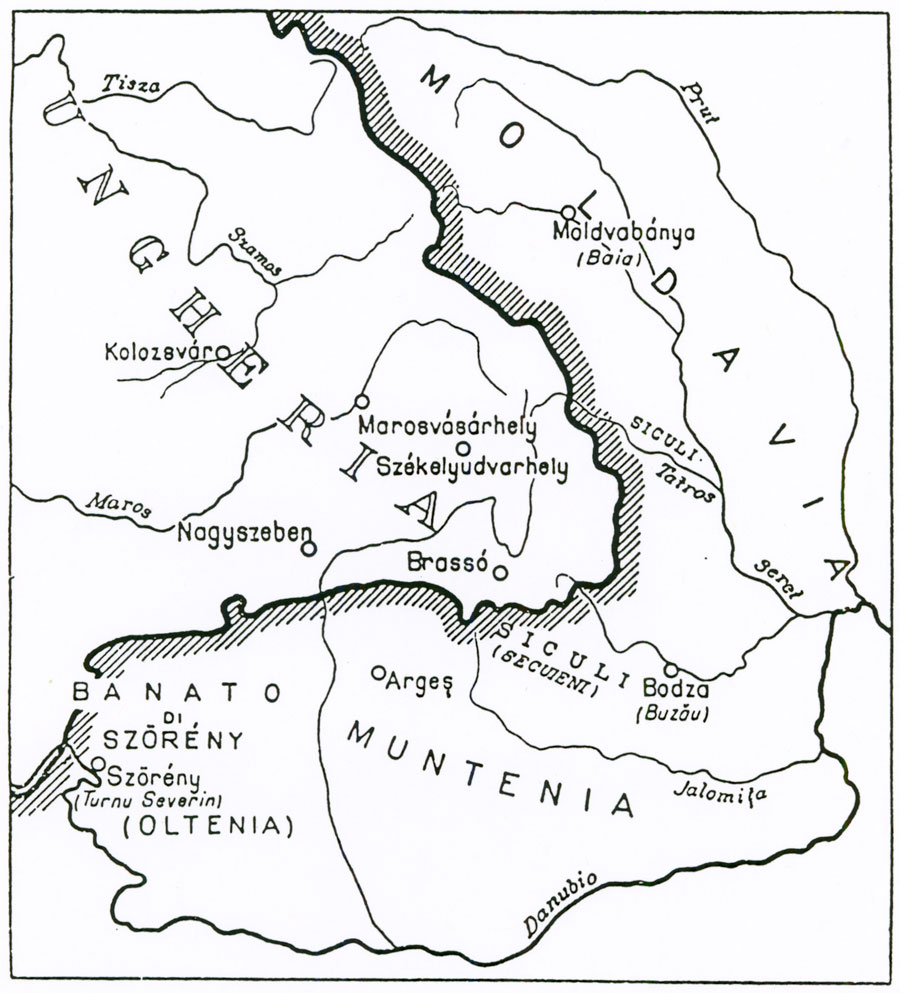 Csángós The Forgotten Hungarians
Csángós The Forgotten Hungarians
The folk culture of the Csángó-Hungarians of Moldava
The Csángó-Hungarians live in Rumania, between the Eastern Carpathian-Mountains and the River Prut since the beginning of the 13th century, or earlier. Since the founding of the Cumanian episcopacy (1226) they are faithful members of the Roman Catholic Church. It is their catholic religion, which distinguishes them from the orthodox Rumanians.
According to present statistics, there are 180 thousand Catholics in Moldava, therefore we presume this to be the number of the Csangó-Hungarian population. Miraculously, about 100 thousand Csángós still speak Hungarian, the use of which language is prohibited outside their homes.
The Csangós in Moldava – surrounded by Rumanians – were isolated from the rest of the Hungarians living West of the Carpathian Mountains. In spite of these harsh circumstances they preserved the beautiful archaic form of our language and rich Hungarian folklore. Their dialect differs from the rest of Hungarian dialects to the West, because the language reform of the 19th century as well as the new vocabulary of the 20th century didn’t reach them.
Their particular vocal music preserved the Hungarian character. What separates them from the rest of the Hungarian music is the preservation of the archaic traditions, large number of melodies unknown in other regions, the richness of adornment, and the almost total absence of new style melodies.
In Csángó villages the ‘Spinning Room’ was the only place of recreation for the youth. Friendships were born here, and dating – which led to marriage – also started here. A lot of singing was done in the ‘Spinning Room’. To this day, they especially like to sing the long, beautiful ballads about the difficulties of love and life.
Their folk dances incorporate many elements of Southeast Europe and even some from the West can be noticed. These influences were of importance in the development of the instrumental dance music. They also have couple dances like those in Transylvania and even the csárdás is known, but most common are the archaic line- and circle dances.
In the first half of this century a Moldavian folk dance band used the following instruments: recorders (the shorter sültü with 6 and the longer kaval with 5 holes), lute (koboz) and drum. Since the sixties they used the violin, drum, cimbalom and lute. Most recently a folk dance band plays the violin, drum, harmonica and saxophone.
The folk culture, language and music of the Csángó-Hungarians of Moldava is of invaluable importance to Hungarian cultural history. Because of their ethnic isolation they preserved archaic traditions almost forgotten by Hungarians in the Carpathian Basin. It is our responsibility to preserve and foster the values of our past, which the Csóngós’ persistent adherence to their heritage safeguarded for us.
American Hungarian Museum, No. 48, 1996




